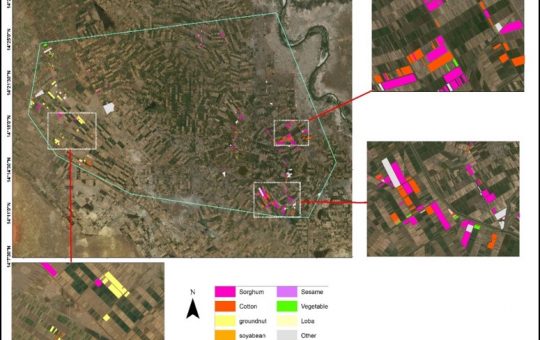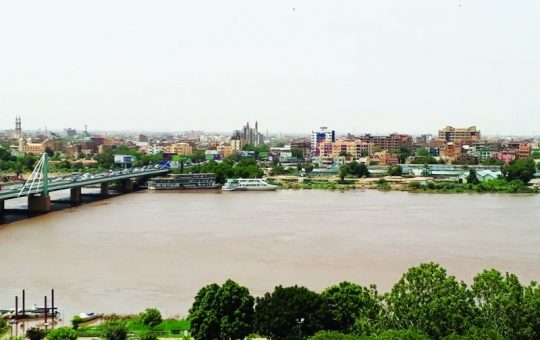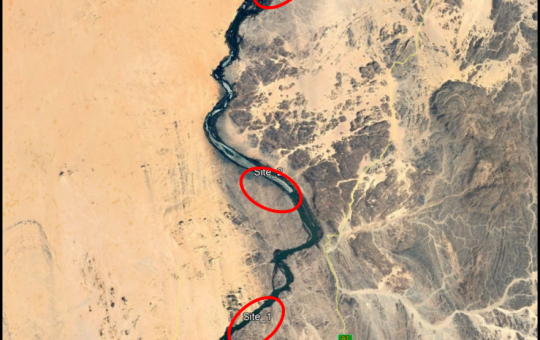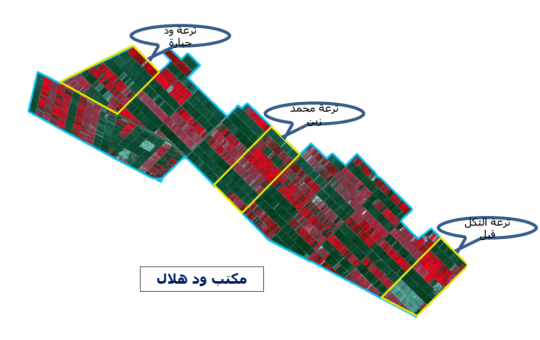Information
No Sidebar
This template supports the unlimited sidebar's widgets.For adding widgets to Portfolio sidebar Click Here

Mapping cropped areas is very important for crop monitoring, yield estimation and production forecasting, as well as for irrigation water management. Unfortunately, for Gezira Scheme (GS) there are no regular reports providing information regarding the total area under cultivation. This study is aiming to estimate the cultivated and noncultivated area in the scheme. Also, it includes mapping crop types throughout the growing seasons in Gezira Scheme, specifically for the winter (January/February), and summer season (September/October)crops.
Five blocks were selected to implement the experiment and perform the field investigations. Landsat-8 satellite data were used for mapping the cropped area. For that, a supervised classification was employed to identify the Land Cover (LC) classes within the GS. This was applied through two methods, namely: the Maximum Likelihood Classifier (MLC) and the Object-Based Image Analysis (OBIA). The classification procedures were supported by ground truth data that have been collected during field surveys.
The produced LULC maps for the summer season during October, 2017 indicated that the dominant crops in the five Blocks were Sorghum, Groundnut and Cotton. The results (error and area in feddans) of Sorghum, Groundnut and Cotton were (±10 %, 288,410), (±11%, 198,260) and (±8 %, 115,730) respectively. The total
cultivated area in Gezira scheme was estimated as 715,244 with an 2 error of ±6%. This area doesn’t include areas of beans (estimated at 50,000 feddans).
This experiment will continue to map all the crop types of the winter season of 2017/2018. These outputs are extremely important not only for proper water management, but also for other agricultural processes within the scheme.
Related Projects
-

Water Productivity
This project was one of the outcomes of the strategic partnership-setting meeting between the Minister of Irrigation and Water Resources (MoIWR) and the Food and Agricultural Organization (FAO) Sudan...
-

أثر مياه النيل على العلاقات السودانية المصرية ما بعد سد النهضة
تناولت الدراسة بشيء من التفصيل والتحليل أثر مياه النيل علي علاقات السودان ومصر ما بعد قيام سد النهضة الأثيوبي، وكان ذلك في أربع فصول يحوي كل عدة فصل محاور....
-

Selection of the Nile gauging site upstream High Aswan Dam
As per a request from the Permanent Joint Technical Commission for Nile Water (PJTC), The Hydraulics Research Center (HRC) conducted a study to investigate a suitable location of a...
-

Mapping of Cropped Areas in Gezira Irrigation Scheme Using Remote Sensing and GIS techniques
Irrigation schemes in Sudan face many challenges. One of these challenges is to determine the actual cultivated area for the crops, in particular for large schemes such as Gezira...
-

Investigation of the Drainage Problems of Sabir Branch Protective Drain in New Halfa Irrigation Scheme
This study is intended to investigate the flooding problems of Sabir Branch Protective drain, where every year floods flowing from Albutana plateau threatens New Halfa Irrigation Scheme and also...
